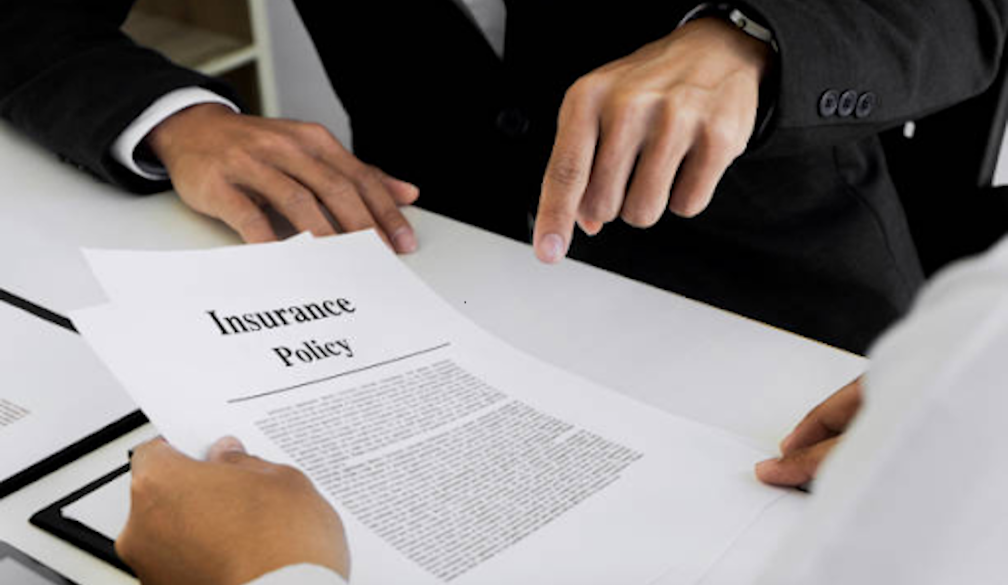Protecting Your Business Assets: A Practical Guide to Business Property Insurance

In the realm of business, safeguarding your physical assets is a cornerstone of resilience and continuity. Business property insurance, a vital component of risk management, is designed to shield your company's tangible assets from unforeseen perils. Let's unravel the practical considerations and benefits associated with business property insurance without delving into insurance jargon.
Understanding Business Property Insurance: Shielding Tangible Assets
Business property insurance, also known as commercial property insurance, provides coverage for physical assets owned or used by a business. This includes buildings, equipment, inventory, furniture, and other tangible items essential for business operations. Let's break down the key aspects to consider when navigating the world of business property insurance.
Types of Coverage: Customizing Protection for Your Assets
Business property insurance offers various types of coverage, allowing you to tailor protection based on your specific needs. Common coverage options include:
Building Coverage: Protects the physical structure of your business property, including walls, roof, and fixtures.
Contents Coverage: Safeguards the contents within your business property, such as equipment, inventory, and furniture.
Business Interruption Coverage: Provides financial assistance for lost income and extra expenses if your business operations are interrupted due to a covered peril.
Equipment Breakdown Coverage: Addresses repair or replacement costs for machinery and equipment damaged by mechanical breakdowns.
Inland Marine Coverage: Extends protection to movable property, such as tools and equipment, even when away from your business premises.
Risk Assessment: Identifying Vulnerabilities
Before securing business property insurance, conduct a thorough risk assessment. Identify potential hazards and vulnerabilities specific to your business location and operations. This assessment informs your insurance decisions, ensuring coverage aligns with the unique risks your business faces.
Valuation of Property: Estimating Replacement Costs
Accurately valuing your business property is crucial for determining the appropriate coverage limits. Consider replacement costs, including construction expenses, equipment values, and inventory replacement. An underestimation can leave you underinsured, while an overestimation may lead to unnecessary premium costs.
Policy Exclusions and Inclusions: Knowing the Limits
Carefully review policy exclusions and inclusions. Exclusions are events or circumstances not covered by the policy, while inclusions specify covered perils. Understanding these details helps you set realistic expectations and make informed decisions regarding the scope of protection.
Mitigating Risks: Implementing Preventive Measures
Insurance is a vital component of risk management, but preventive measures also play a key role. Implement safety protocols, secure your premises, and invest in equipment maintenance to reduce the likelihood of incidents. A proactive approach enhances the effectiveness of your business property insurance.
Documentation: Maintaining Records for Claims
Maintain meticulous records of your business property, including inventory lists, receipts, and photographic evidence. In the event of a claim, comprehensive documentation streamlines the claims process and ensures a smoother resolution.
Claims Process: Knowing What to Expect
Familiarize yourself with the claims process of your chosen insurer. Understanding the steps involved, from filing a claim to the resolution, helps you navigate the process efficiently and minimizes potential disruptions to your business operations.
Reviewing and Updating: Adapting to Changes
Business environments evolve, and so should your business property insurance. Regularly review and update your coverage to accommodate changes such as property expansions, equipment upgrades, or alterations to your business operations.
Choosing the Right Insurer: Beyond Premium Costs
When selecting an insurer, consider factors beyond premium costs. Assess the insurer's reputation, financial stability, customer service, and responsiveness to claims. A reliable insurer contributes to the overall effectiveness of your business property insurance.
Final Thoughts: Strengthening Your Business Foundation
Business property insurance is more than a protective shield; it's an investment in the resilience and longevity of your business. By understanding coverage types, conducting a thorough risk assessment, accurately valuing property, reviewing policy details, implementing preventive measures, maintaining documentation, understanding the claims process, and choosing the right insurer, you can navigate the realm of business property insurance with practicality and confidence. Let your business thrive, knowing that your physical assets are fortified against the uncertainties of the business landscape.
